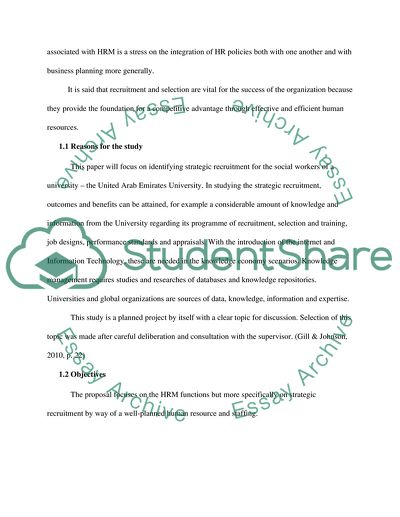Cite this document
(Human Resource Management Strategic Recruitment Research Paper, n.d.)
Human Resource Management Strategic Recruitment Research Paper. Retrieved from https://studentshare.org/human-resources/1737692-dissertationm2
Human Resource Management Strategic Recruitment Research Paper. Retrieved from https://studentshare.org/human-resources/1737692-dissertationm2
(Human Resource Management Strategic Recruitment Research Paper)
Human Resource Management Strategic Recruitment Research Paper. https://studentshare.org/human-resources/1737692-dissertationm2.
Human Resource Management Strategic Recruitment Research Paper. https://studentshare.org/human-resources/1737692-dissertationm2.
“Human Resource Management Strategic Recruitment Research Paper”, n.d. https://studentshare.org/human-resources/1737692-dissertationm2.


